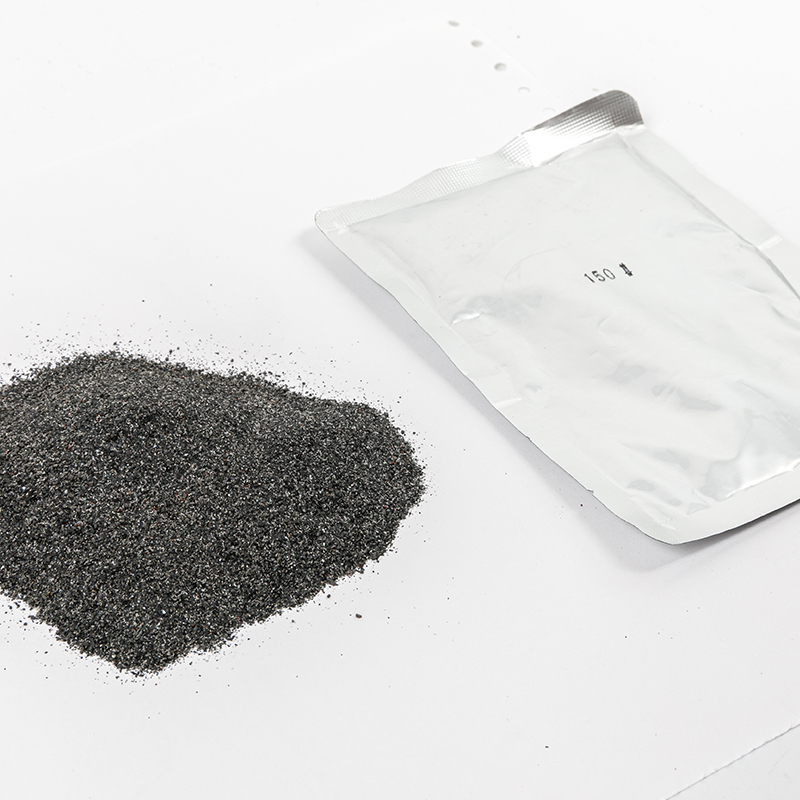
The Ultimate Guide to Exothermic Welding Powder: How to Use It Like a Pro
Exothermic welding is a process that uses an exothermic reaction to create a permanent, high-quality electrical connection between two or more metals. This process involves the use of exothermic welding powder, a mixture of metallic fuel and metal oxide, which is ignited to create the heat necessary to melt the metals and form a weld. In this article, we will provide you with the ultimate guide to exothermic welding powder, including how to use it like a pro.
What is Exothermic Welding Powder?
Exothermic welding powder, also known as thermite welding powder, is a mixture of metallic fuel and metal oxide. The metallic fuel is typically aluminum or magnesium, while the metal oxide is usually iron oxide or copper oxide. When ignited, the mixture undergoes an exothermic reaction, releasing a large amount of heat, which is used to melt the metals being welded together.
The Advantages of Exothermic Welding Powder
Exothermic welding powder has several advantages over other welding methods. Some of these advantages include:
Superior conductivity: Exothermic welding produces a high-quality electrical connection that has superior conductivity to other types of welding.
Longevity: The weld created by exothermic welding is permanent and can last for decades without requiring any maintenance.
Resistance to corrosion: Exothermic welding creates a hermetically sealed connection that is resistant to corrosion and other types of environmental damage.
Safe to use: Exothermic welding is a safe method of welding that does not require any dangerous gases or flames.
How to Use Exothermic Welding Powder
Using exothermic welding powder requires careful preparation and attention to detail. Here are the steps you need to follow to use exothermic welding powder like a pro:
Step 1: Prepare the Materials
To use exothermic welding powder, you will need several materials, including:
Exothermic welding powder
Ignition source (such as a spark lighter)
Molds for the metal being welded
Protective gear (such as gloves, goggles, and a respirator)
Step 2: Mix the Powder
The next step is to mix the exothermic welding powder according to the manufacturer's instructions. This will typically involve mixing the metallic fuel and metal oxide together to create a homogeneous mixture.
Step 3: Prepare the Mold
The next step is to prepare the mold for the metal being welded. This may involve cleaning the mold to remove any debris or contaminants that could affect the quality of the weld.
Step 4: Position the Materials
The next step is to position the materials to be welded in the mold. This may involve clamping the materials in place to ensure they do not move during the welding process.
Step 5: Ignite the Powder
The final step is to ignite the exothermic welding powder using the ignition source. This will typically involve placing the spark lighter near the powder and igniting it.
As the mixture ignites, it will release a large amount of heat, which will melt the metals being welded together. Once the mixture has cooled, the mold can be removed, and the weld inspected to ensure it meets the required quality standards.
Safety Considerations
Exothermic welding powder can be dangerous if not handled properly. It is essential to take the following safety precautions when using exothermic welding powder:
Always wear protective gear, such as gloves, goggles, and a respirator.
Keep the powder away from flammable materials, such as gasoline or oil.
Never inhale the fumes produced by the exothermic welding powder.
Ensure the area is well ventilated to prevent the accumulation of fumes.
Only use exothermic welding powder in well-lit areas where you can see what you are doing.


Exothermic Welding Powder Is A Simple, High-Efficiency, High-Quality Metal Joining Process That Utilizes The Chemical Reaction Heat Of A Metal Compound As A Heat Source, Through Superheated (Reduced) Molten Metal, Directly Or Indirectly Heated, In A Special Graphite Mold A Welded Joint With A Certain Shape And Size In Accordance With Engineering Requirements Is Formed In The Welding Chamber. At Present, Exothermic Welding Has Generally Replaced The Mechanical And Physical Connection Methods Between Metals In The Past. Many International Standards Recommend The Use Of Exothermic Welding Processes In Grounding Systems, Such As IEEE, IEC, NEC, ASME, Etc.

 English
English 简体中文
简体中文











